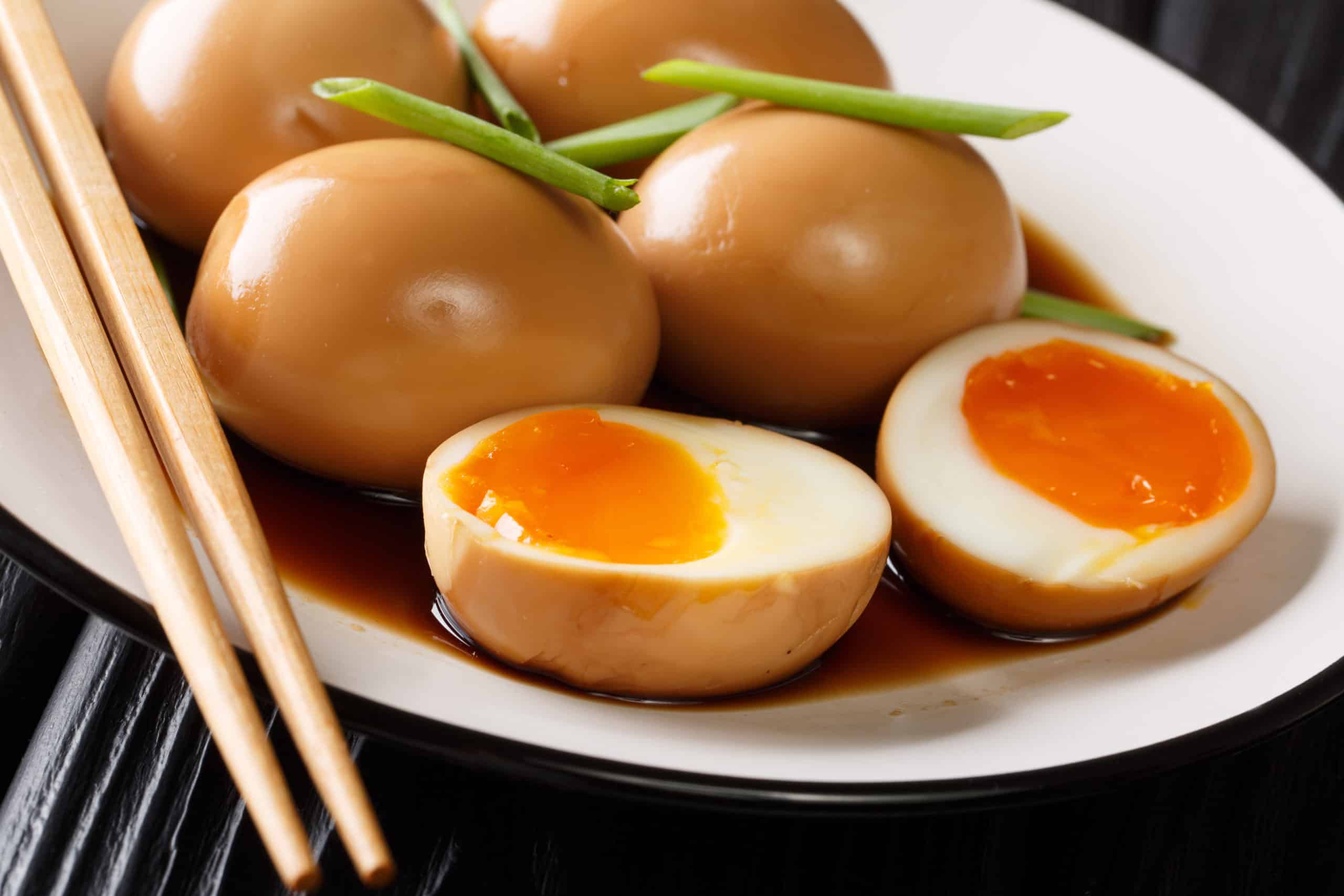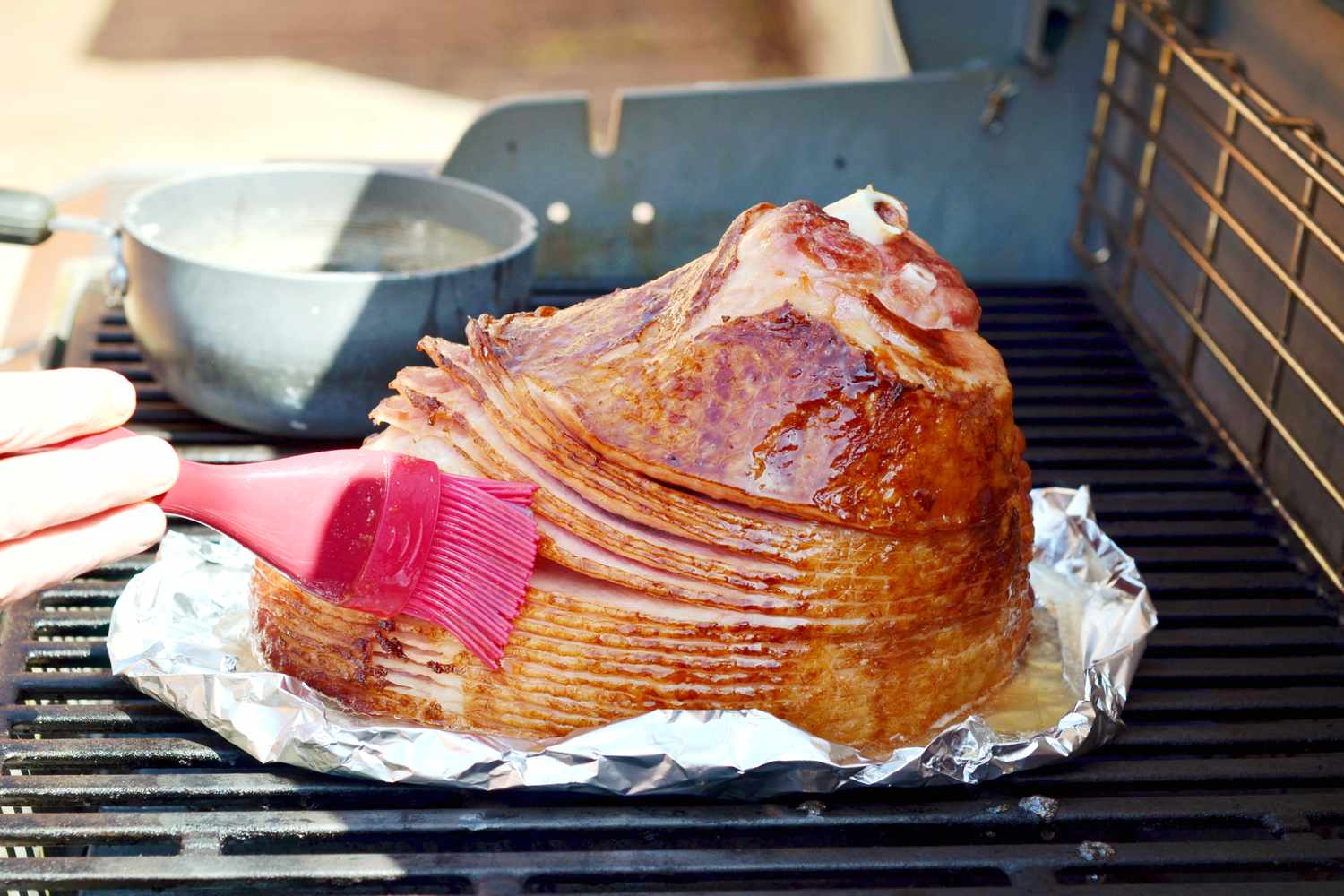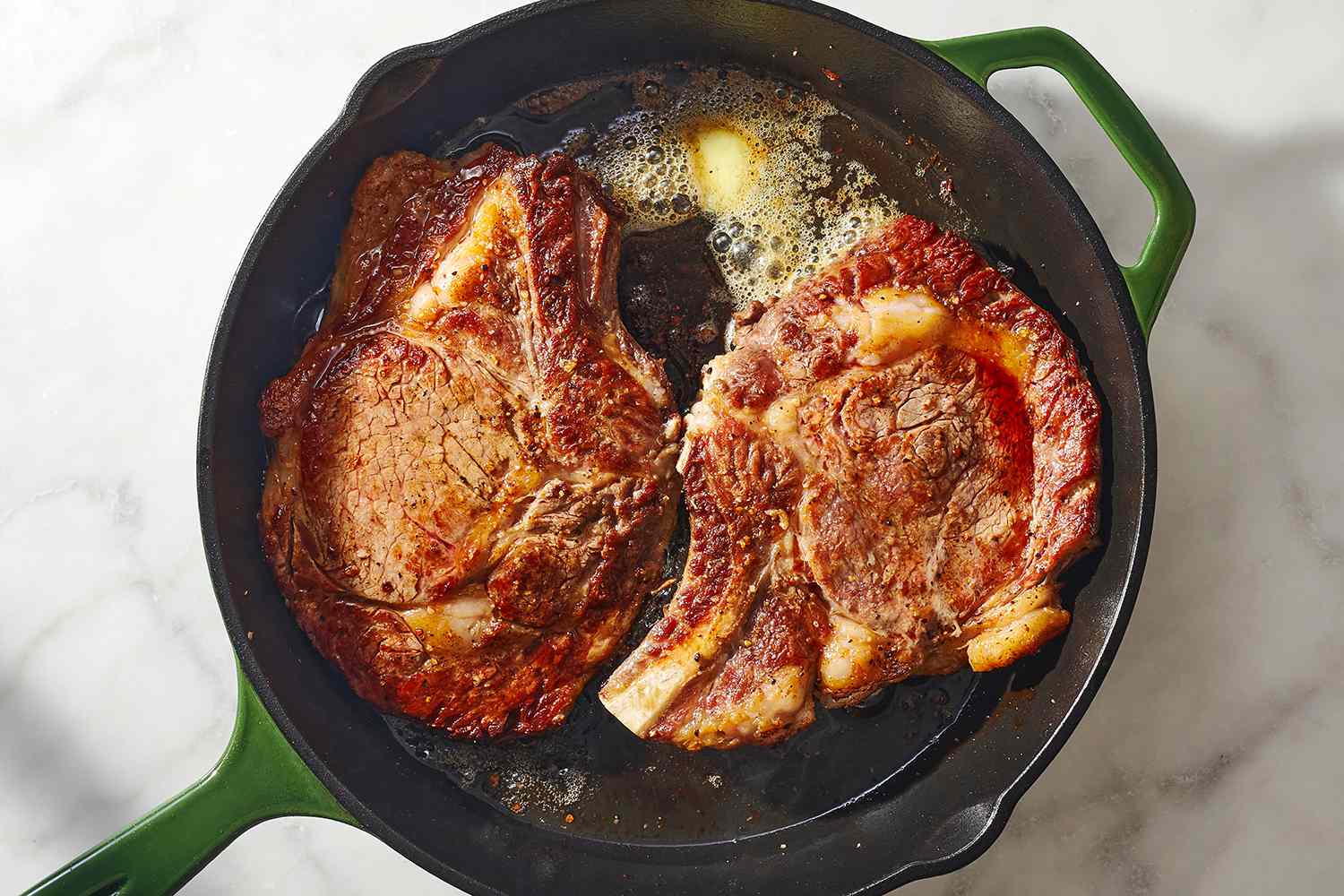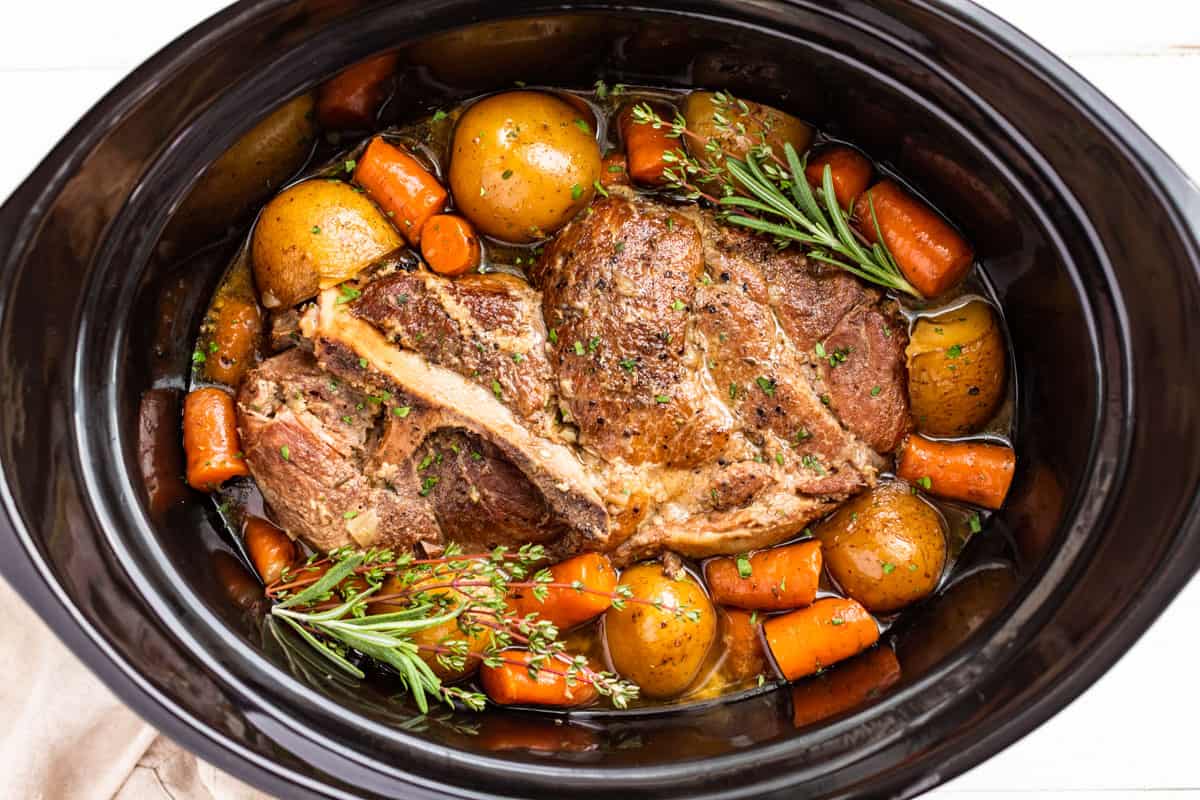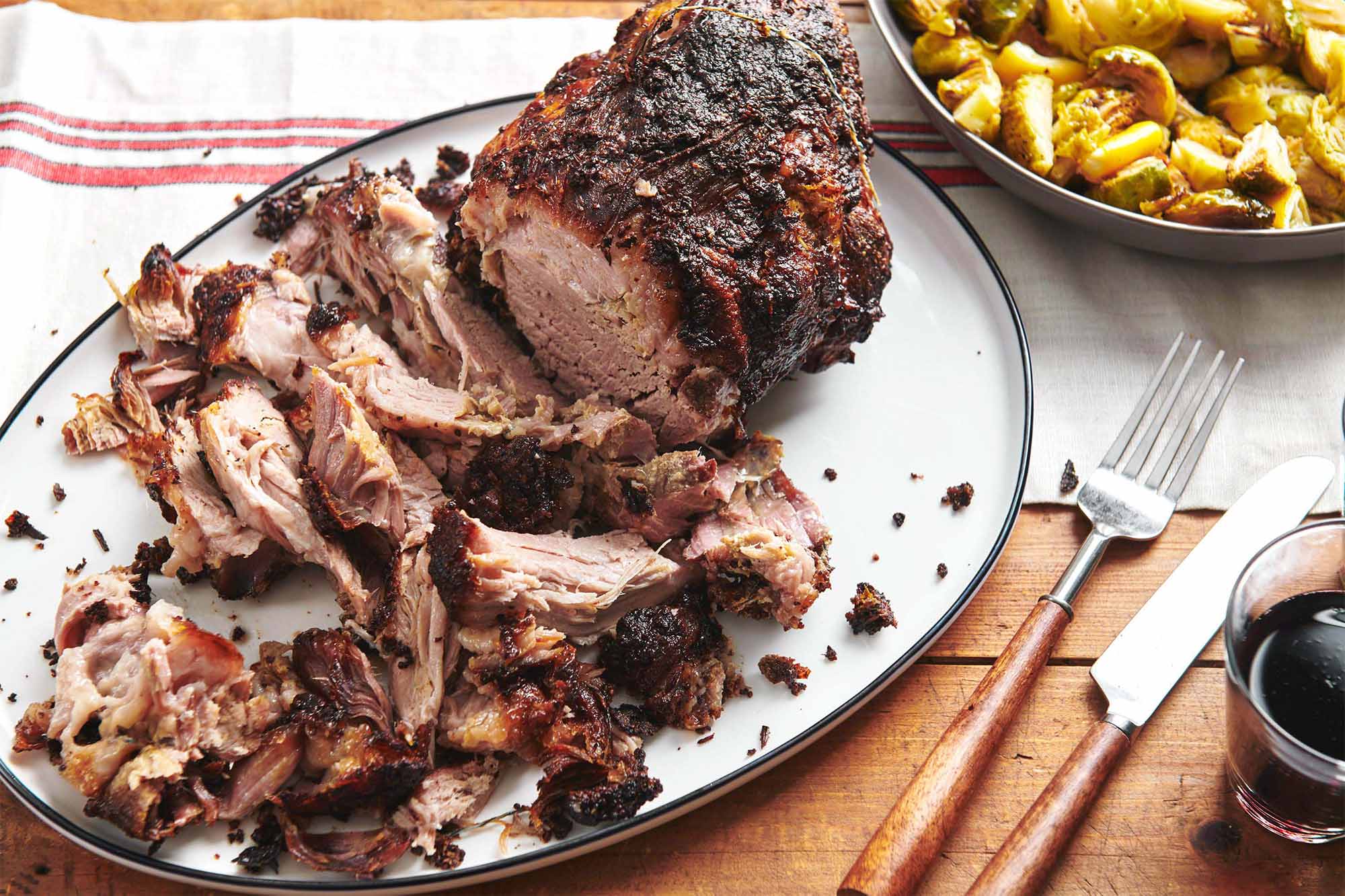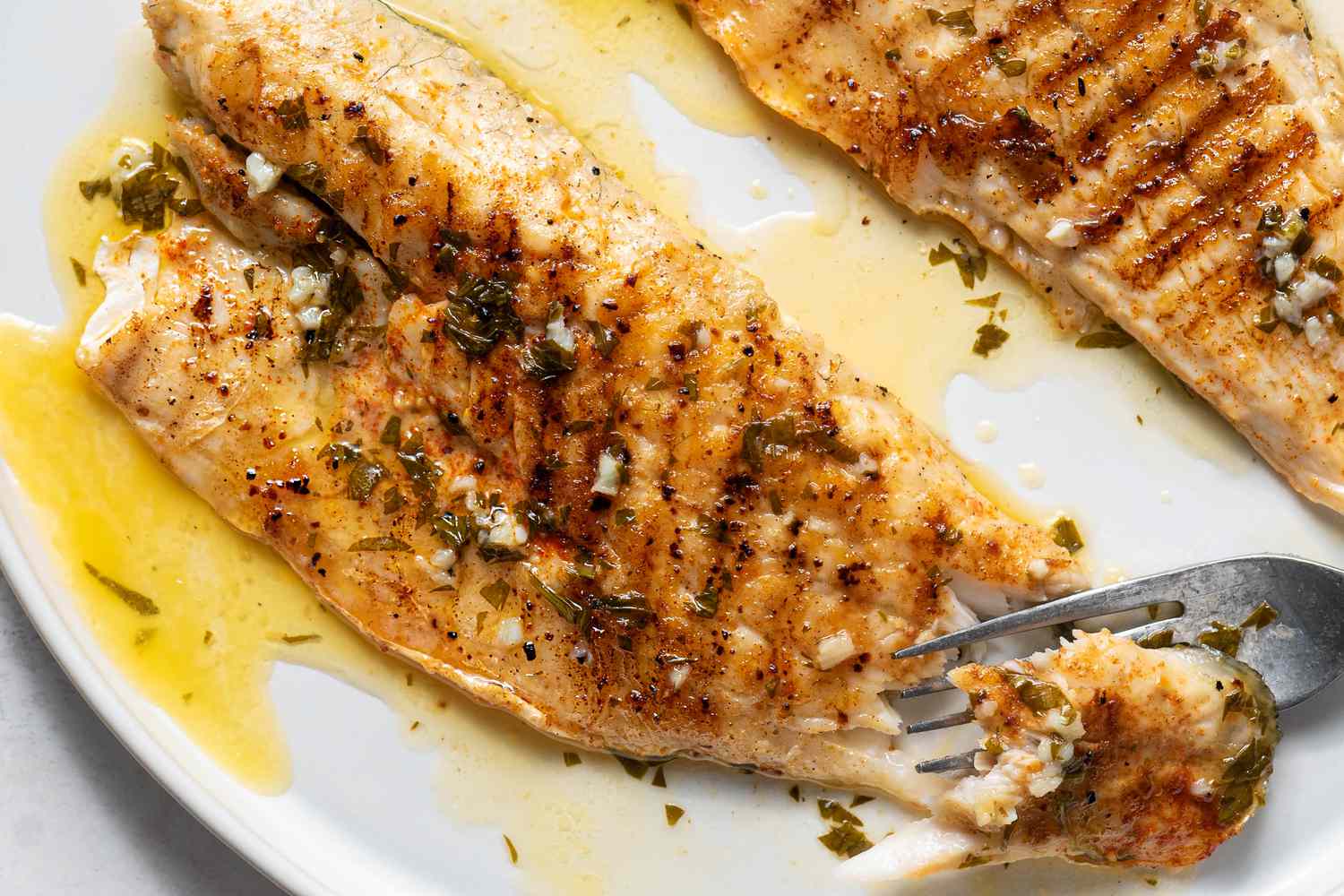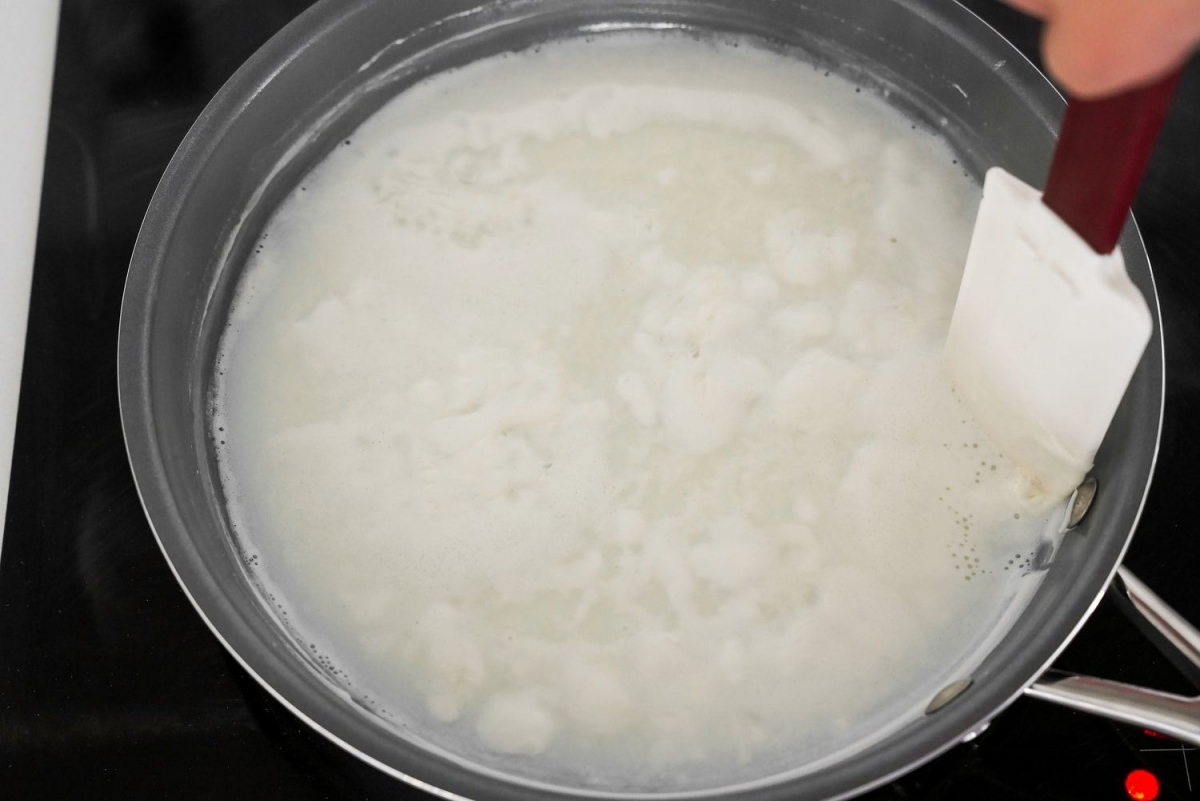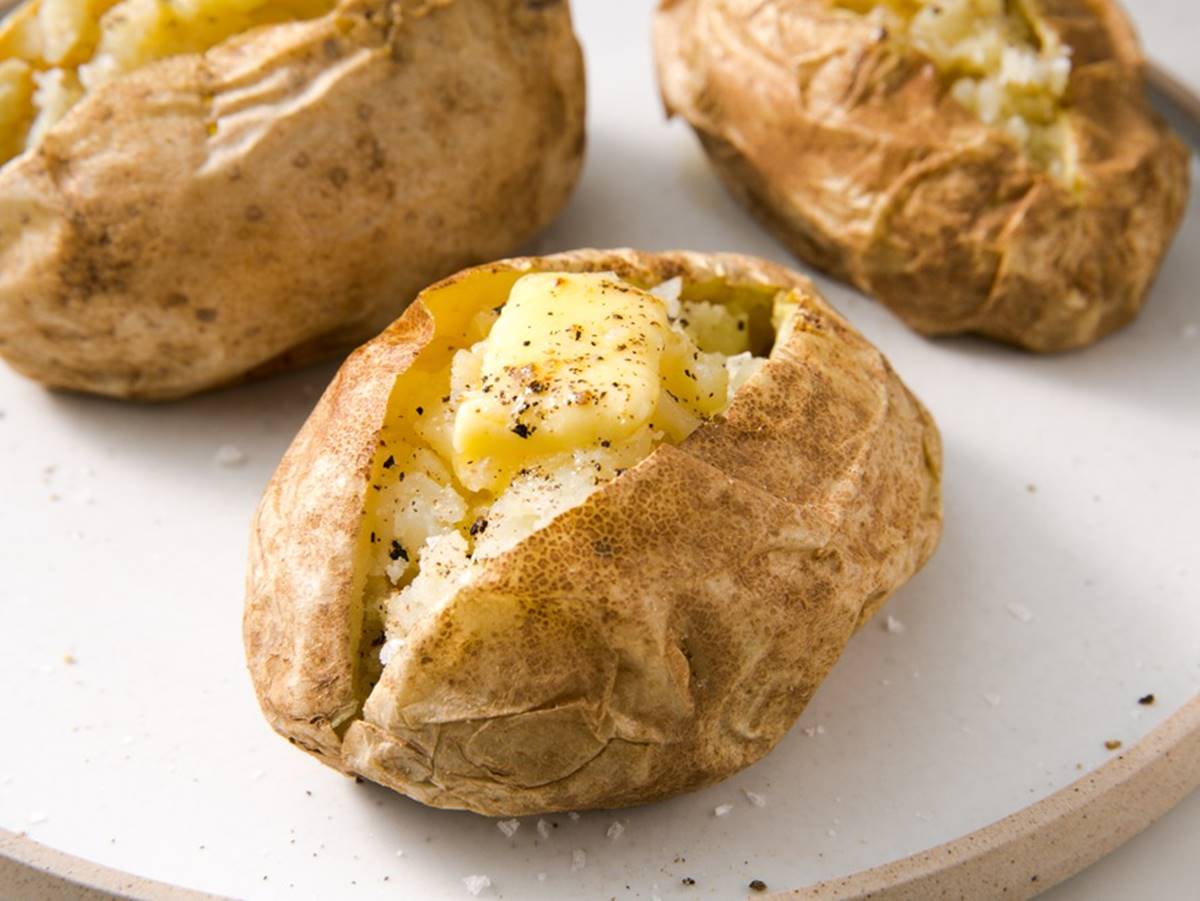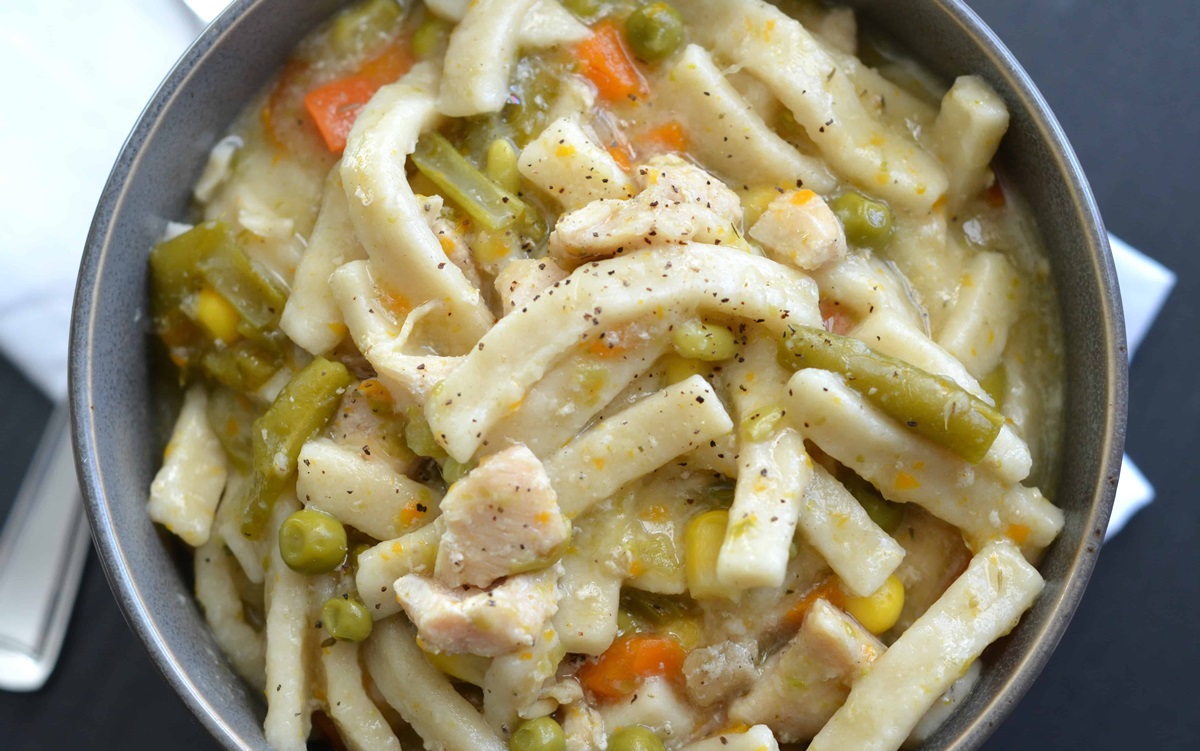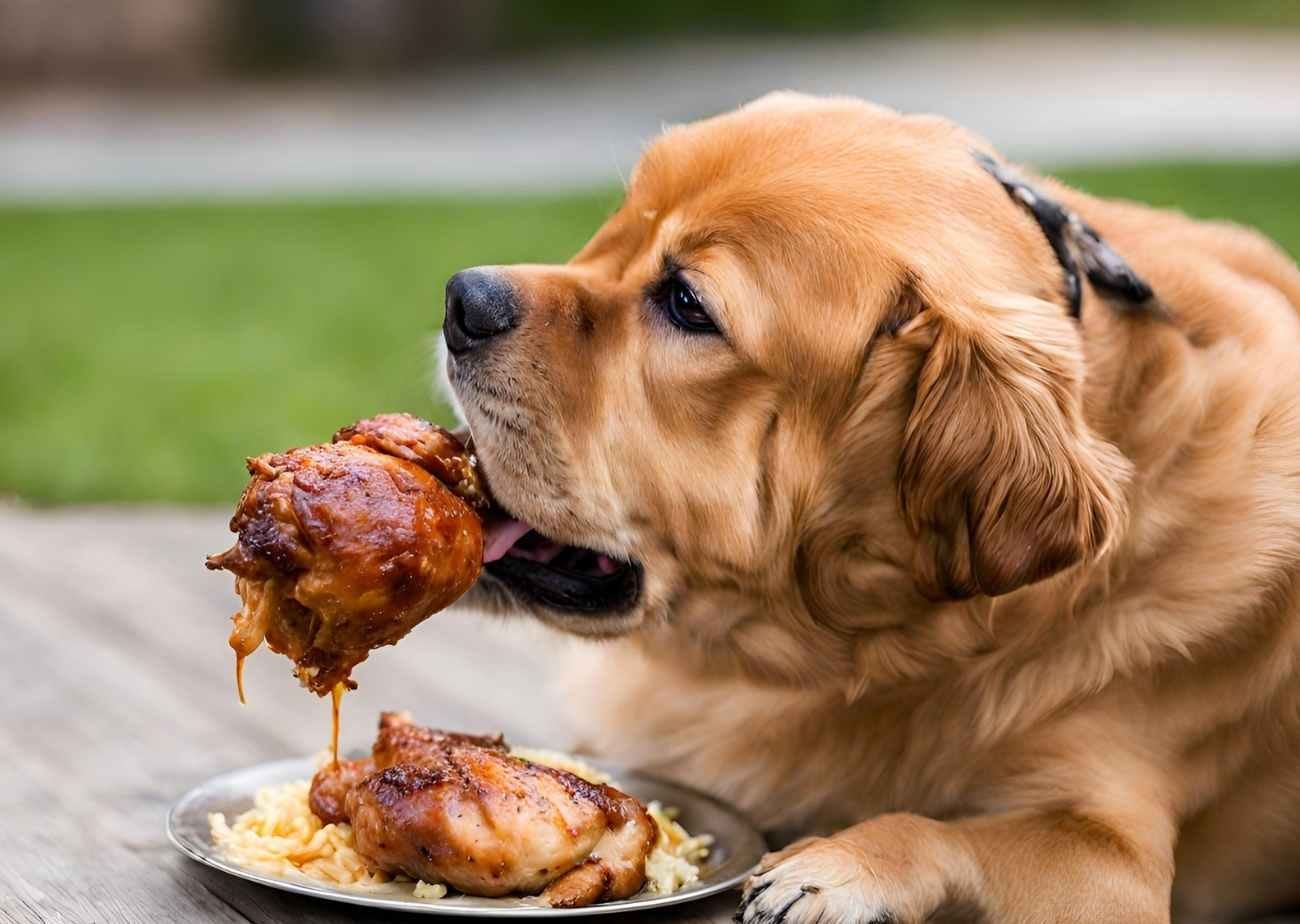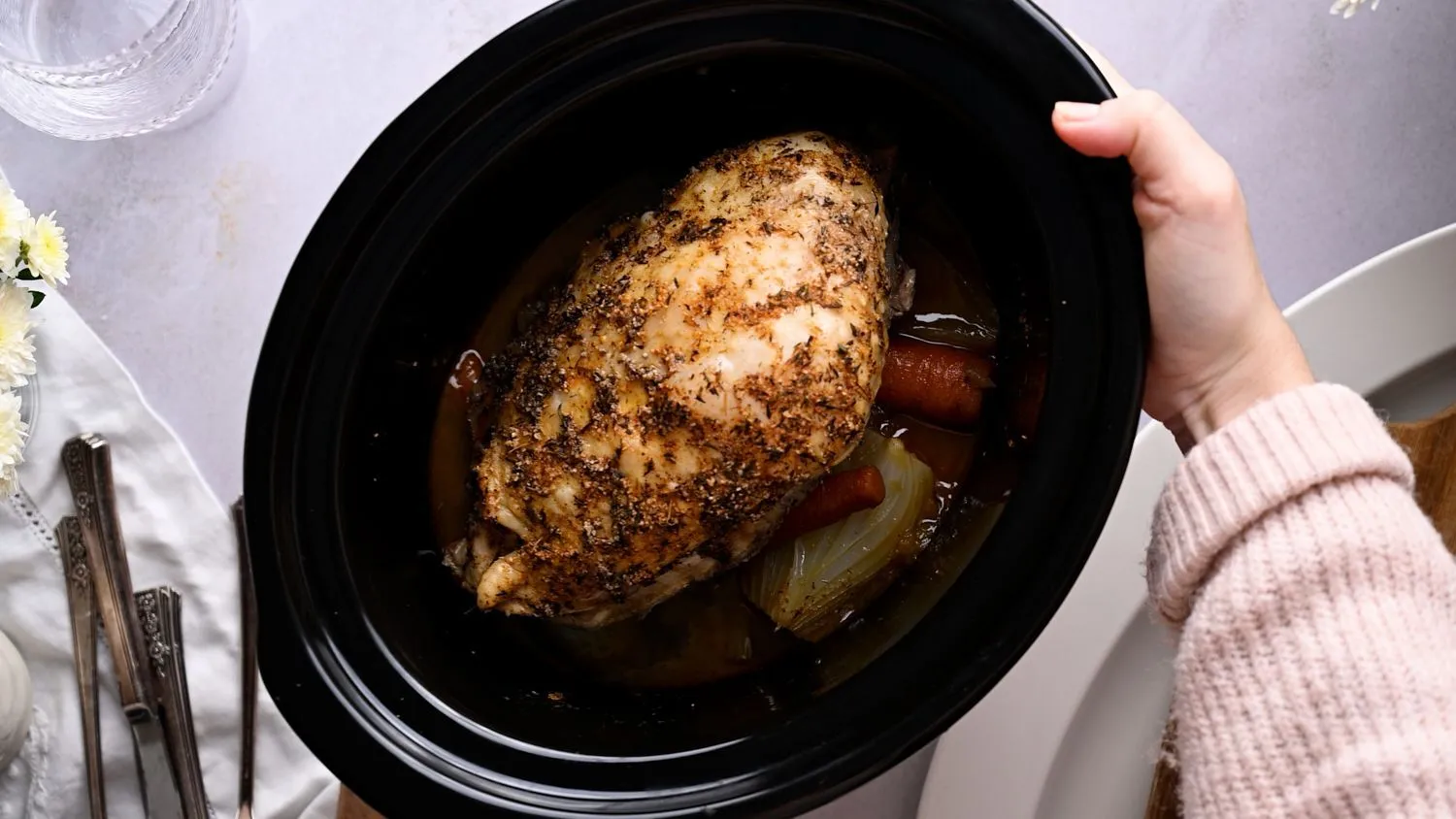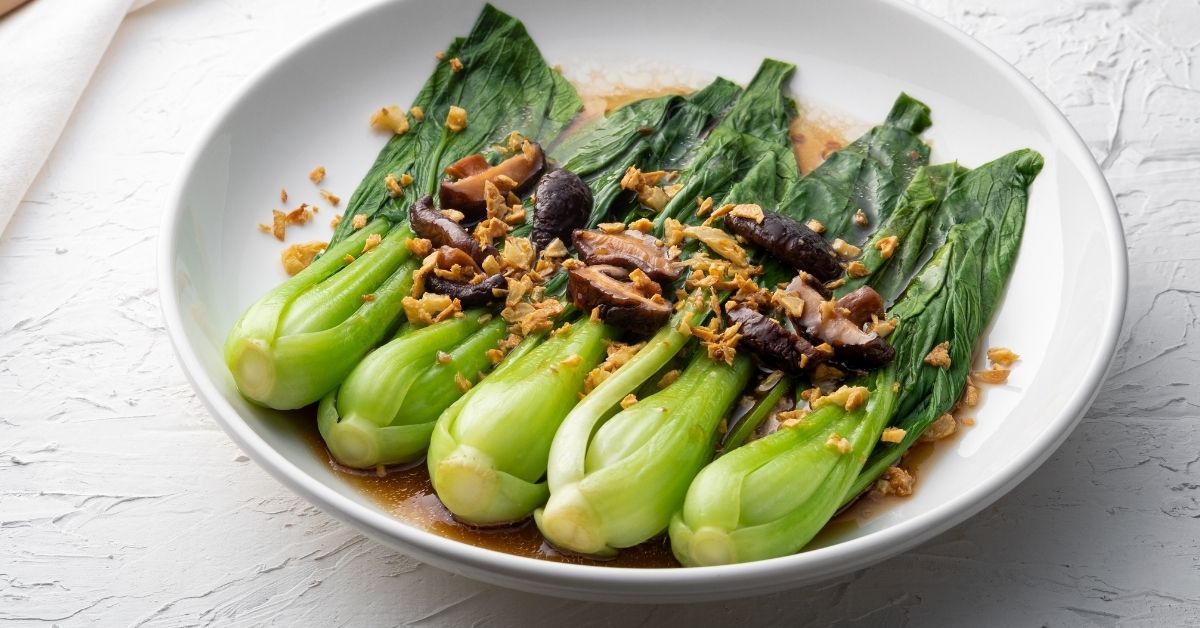Cooking a small pork loin roast might seem intimidating at first, but it's surprisingly simple and rewarding. This lean cut of meat, known for its tender texture and mild flavor, serves as a blank canvas for a variety of seasonings and cooking methods. Whether you're aiming for a juicy, herb-crusted centerpiece for your dinner table or a succulent, slow-roasted delight, mastering the art of cooking a small pork loin roast will elevate your culinary skills. In this guide, we'll walk through essential tips and techniques to ensure your pork loin roast turns out perfectly every time, making your meal memorable.
Essential Ingredients for Your Pork Loin Roast
- Small pork loin roast (about 2-3 pounds)
- Olive oil (2 tablespoons)
- Garlic (3 cloves, minced)
- Rosemary (1 tablespoon, fresh and chopped)
- Thyme (1 teaspoon, fresh and chopped)
- Salt (to taste)
- Black pepper (to taste)
Must-Have Tools for Roasting Pork Loin
- Roasting Pan: Essential for even cooking and capturing juices.
- Meat Thermometer: Ensures pork loin reaches the safe internal temperature.
- Sharp Knife: For trimming any excess fat before cooking.
- Cutting Board: Provides a stable surface for preparation.
- Aluminum Foil: Helps in tenting the pork loin during rest time to keep it warm.
- Oven Mitts: Protects hands when handling the hot roasting pan.
- Carving Set: A sharp knife and fork for slicing the roast post-cooking.
- Basting Brush: Useful for applying glazes or marinades if desired.
For a succulent small pork loin roast, season generously, sear on all sides, then roast in a preheated oven at 375°F until internal temperature reaches 145°F, ensuring juiciness and flavor.
The Importance of Cooking Pork Loin Roast
Cooking a small pork loin roast perfectly hinges on understanding the balance between temperature and time. Roasting at the right temperature ensures the meat is juicy and tender, while precise timing prevents overcooking. This method transforms a simple cut into a flavorful, succulent centerpiece for any meal.
Mastering the art of roasting pork loin also allows for creativity in the kitchen. With seasonings and herbs, you can customize the flavor profile to suit any palate. It's not just about the cooking process; it's an opportunity to infuse the meat with personal touches, making each dish uniquely delicious.
Your Step-by-Step Guide to the Perfect Pork Loin Roast
-
Preheat your oven to 375°F (190°C). This temperature is ideal for roasting pork, ensuring it's cooked thoroughly without drying out.
-
Season the pork loin roast generously. Use salt, pepper, and any other herbs or spices you prefer. Rubbing these seasonings all over the meat helps to flavor it deeply.
-
Prepare a roasting pan by lightly oiling it or lining it with foil. This step prevents the pork from sticking and makes cleanup easier.
-
Place the seasoned pork loin in the prepared roasting pan. Position it fat side up so as the pork cooks, the fat will baste the roast naturally.
-
Insert a meat thermometer into the thickest part of the roast. This tool is crucial for monitoring the pork's internal temperature, ensuring it's perfectly cooked.
-
Roast the pork loin in the preheated oven. Cooking times vary based on the roast's size, but a general guideline is about 20 minutes per pound.
-
Check the pork's internal temperature after the initial cooking time. For pork loin, the ideal internal temperature is 145°F (63°C). If it hasn't reached this temperature, continue roasting, checking every 5-10 minutes.
-
Remove the pork loin from the oven once it's reached the desired internal temperature. This step is critical for preventing overcooking.
-
Tent the pork loin with aluminum foil after removing it from the oven. Letting it rest under the foil allows the juices to redistribute throughout the meat, making it more tender and flavorful.
-
Rest the pork loin for at least 10 minutes before slicing. Cutting into the meat too soon can cause the juices to run out, resulting in drier pork.
-
Slice and serve the rested pork loin. Use a sharp knife to cut it into thin or thick slices, depending on your preference.
Mastering Your Pork Loin Roast
Cooking a small pork loin roast doesn't have to be intimidating. With the right preparation, seasoning, and cooking technique, you can achieve a juicy, flavorful roast that's perfect for any occasion. Remember, the key steps involve seasoning generously, searing for that delicious crust, and roasting at the right temperature until it reaches the perfect internal temperature. Letting it rest before slicing ensures all those tasty juices stay locked in. Whether you're a seasoned chef or a kitchen newbie, mastering this dish adds a classic recipe to your culinary repertoire. So, grab your pork loin, fire up the oven, and get ready to impress at your next meal. Happy cooking!
For those looking to perfect their pork loin roast skills, there are some must-try recipes that align perfectly with the guide. The Herb-Crusted Pork Loin Roast Recipe and the Garlic and Rosemary Pork Loin Roast Recipe are great starting points, offering classic flavors that are sure to impress. For a touch of sweetness, the Honey Garlic Glazed Pork Loin Roast Recipe and the Maple Mustard Pork Loin Roast Recipe provide deliciously glazed finishes. If you’re in the mood for something fruity, the Cranberry-Orange Pork Loin Roast Recipe and Apple Cider Pork Loin Roast Recipe bring a delightful balance of tart and sweet. Lastly, for those who enjoy a bit of spice, the Smoky Paprika Pork Loin Roast Recipe and the Asian Five-Spice Pork Loin Roast Recipe offer bold, robust flavors that elevate the humble pork loin. Each of these recipes provides a unique twist, making it easy to find the perfect dish for any occasion.
All Your Questions About Pork Loin Roast Answered
How long should I cook a small pork loin roast?
For a juicy pork loin roast, timing is key. Aim for about 20-25 minutes per pound in a 375°F oven. Use a meat thermometer to ensure it reaches an internal temperature of 145°F. Let it rest before slicing to lock in those flavors.
What's the best way to season a pork loin roast?
Seasoning can make or break your dish. Rub the roast with a mix of garlic, rosemary, thyme, salt, and pepper. For an extra kick, add some mustard or a splash of apple cider vinegar to the rub. These flavors complement pork beautifully.
Can I cook vegetables with the pork loin roast?
Absolutely! Toss vegetables like carrots, potatoes, and onions in olive oil and seasonings. Add them around the pork in the roasting pan. They'll soak up the meat's juices, becoming incredibly flavorful.
Should I cover the pork loin roast while it cooks?
No need to cover it. Cooking uncovered allows the outside to brown nicely, giving you that perfect crust. Just keep an eye on it to prevent over-browning. If that happens, tent it loosely with foil.
How do I keep my pork loin roast from drying out?
Keeping your roast moist starts with not overcooking it. Also, basting it a few times during cooking with its juices can help. Remember, letting it rest after cooking is crucial for retaining its juices.
What's the difference between a pork loin roast and a pork tenderloin?
Though they sound similar, they're quite different cuts. A pork loin roast is wider and thicker, ideal for roasting. Pork tenderloin is much leaner and smaller, best for quick cooking methods like grilling or sautéing.
Any tips for leftover pork loin roast?
Leftovers are great for sandwiches, salads, or stir-fries. Slice or shred the meat and store it in the fridge. For a quick meal, toss the pork with some BBQ sauce and heat it up for a delicious pulled pork sandwich.
Was this page helpful?
Read Next: How To Cook Cabbage For Weight Loss
